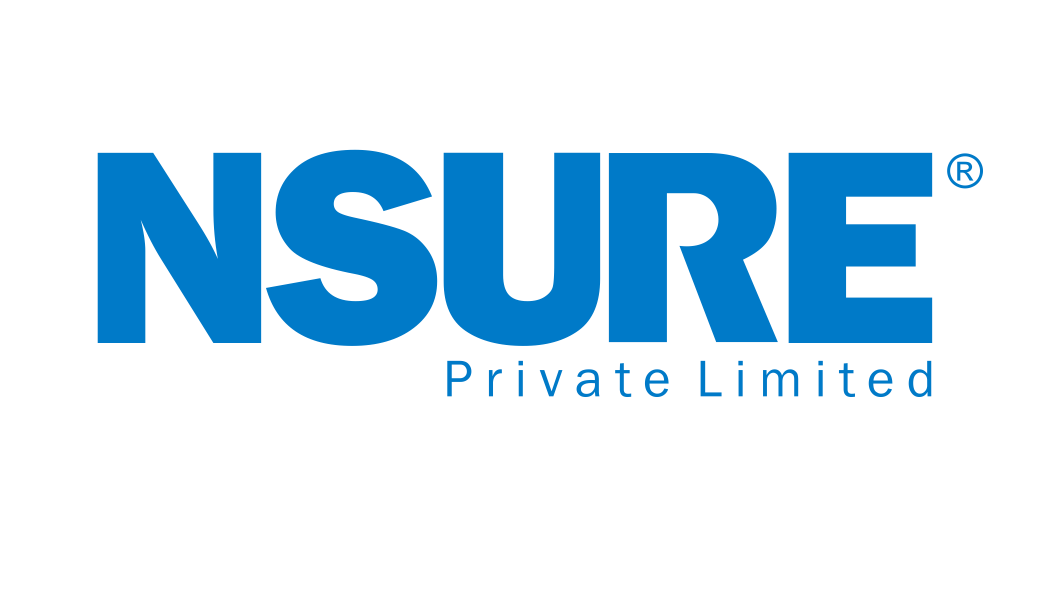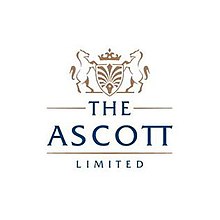Title Page
-
Name of Establishment
-
Conducted on
-
Performed by
Menu Planning and Design
-
Menus are planned in a timely manner, taking into account financial and customer requirements.
-
Managers and employees are involved in the menu planning process
-
Menus enhance the projected image of the restaurant and the overall concept
-
Menus offer variety and appeal to a broad range of tastes
-
Special dietary needs are adequately catered for
-
Menu items are nutritious, well- balanced and reflect current healthy eating trends
-
Menus avoid repetition of ingredients
-
Seasonality and availability of items are considered when planning menus
-
Kitchen personnel have the required skills/knowledge to confidently and consistently produce dishes to a high standard
-
Kitchen storage and production resources are sufficient
-
All dishes are represented by a standardized Menu Recipe Card
-
Effects on food cost and profit margins are addressed
-
Potential effects of new menus on average guest spend is explored
-
Menus are designed that achieve gross margin and profitability targets
-
Menu planning adequately balances innovation and creativity with financial logic
Kitchen Service Preparation
-
All kitchen personnel meet the expected requirements of personal hygiene and wear the correct uniform and safety clothes
-
Chefs are familiar with the preparation for the different dishes
-
Chefs are familiar with all the equipment needed in preparation
-
All chefs are briefed prior to each shift and are clear on their duties and responsibilities for service
-
Special requirements for each section are highlighted
-
Food production personnel are fully competent in the preparation of the required dishes
-
They adhere to all hygiene and safety procedures at all times
-
Their work area is clean and tidy at all times
-
They assemble all appropriate ingredients in advance to ensure efficiency and work productivity
-
Initial preparations are completed efficiently and items are stored correctly until required
-
Crockery is correct, clean, polished and not damaged
-
Crockery is placed in hot box one hour prior to service. Dishes are prepared in accordance with standard recipes
-
Senior chef leads kitchen service from the pass
-
All orders are dictated to by the chef
-
Every dish is checked by senior chef before leaving the pass for presentation, quality and portion accuracy
-
Equipment is kept in a clean and safe state at all times
-
Dishwashing machines are checked for cleanliness before use and maintained
-
Water is changed at least twice a day and is at the correct temperature at all times
-
Correct quantities of detergent and rinse aid are safely used
-
Waste disposal facilities are effectively used
-
Waiting staff correctly and safely clear, stack and sort crockery, cutlery, and glasses
-
Breakages are recorded and careless breakages are noted and action taken
Kitchen Hygiene
-
Daily, weekly and deep cleaning schedules for all kitchen areas are displayed and adhered to
-
Designated personnel are allocated to monitor cleaning standards on a daily basis
-
Food storage regimes are adhered to
-
Regulatory checks, controls, and records are maintained
-
All refrigeration, cooking and holding temperatures are monitored as required
-
All food is prepared and served in line with defined requirements
-
Only designated cleaning cloths and materials are used
-
All equipment is handled and stored in line with defined requirements
-
Any illnesses or infections are reported immediately to superiors.
-
Food production personnel do not engage in any unhygienic work practices.
-
The correct method is followed for waste storage and disposal.
Food Storage Management
-
Storerooms and equipment are kept clean on an on-going basis; regular deep cleaning is implemented
-
Storage area is kept dry, cool and well-ventilated
-
Cardboard boxes/packaging are disposed of correctly
-
Correct temperatures are maintained at all times
-
Adequate pest control measures are in place
-
Dry goods are stored at least 0.20 meters above the floor on pallets and shelving
-
Fats and oils are stored away from strong-smelling foods
-
Goods are properly arranged and displayed
-
Storerooms have sufficient space and storage shelving for the quantities of stock held
-
Storerooms have adequate lighting for safe access/use
-
Cleaning agents are stored in a safe, cool and dry place away from heat sources
-
Separate storage areas are allocated for toxic and non-toxic items
-
Cases are not stacked too high and are easily accessible
-
Storerooms are locked when not in use
-
All items are stored by product
-
Stock rotation is strictly adhered to
-
All perishable goods are kept in a cool, dry place
-
Fridges are deep cleaned regularly and tidied daily.
-
Fridges are free from bad odors at all times.
-
Fans are clean, free from ice and working correctly.
-
Food is placed on labeled trays and properly stored.
-
Fridge gas is checked every 3 months
-
Cooked or ready to eat foods are not stored in the same refrigerator as raw foods, unless covered and segregated
-
Raw food is not stored above cooked or ready to eat foods
-
High risk foods and prepared vegetables are stored in refrigerated storage or in a deep freezer
Completion
-
Overall Assessment
-
Name & Signature of Assigned Employee











